If you are fed up with the noise that comes from moving chairs in your dining room or the noise that comes from adjusting the office desk then you are not alone. There is a time when every homeowner or a tenant would want to have furniture that moves without making sounds. The good news is that you can make your furniture silent and glide without a hitch if you choose the right materials and accessories.
The Problem: The Disturbing Noises That Come From Furniture
The noise that furniture makes when it is dragged or shifted across the floor is often more than just a foreign sound. Whether it’s in your home or office, noise from furniture can disturb your calm, interfere with conversations and may even damage your floors. This is especially a challenge with heavy furniture such as sofas, tables and even pianos. The good news is that there is a way to make furniture move without making noise and it can be done rather easily.
Solutions for Silent Furniture Movement
The success of quiet furniture movement depends on the solutions that are used. Here are some of the most effective options for reducing noise when moving furniture:
Felt Pads
Felt pads are one of the cheapest and simplest ways to make furniture move without making noise. These soft pads are stuck to the bottom of furniture legs to reduce friction on your floors. Felt pads are most suitable for use on light to medium density furniture and work especially well on hardwood and tile floors.
Gliders
Gliders are the small discs that are placed at the bottom of the furniture legs. They enable easy rolling and at the same time, reduce friction. Gliders are perfect for chairs, desks and other large items such as bookshelves and cabinets. They are made of rubber or plastic and can be used on any type of floor.
Rubber Caps
Rubber caps are meant to be put over the ends of the furniture legs. Made from flexible and durable rubber, they absorb shock and prevent loud noise when the furniture is moved. Rubber caps are suitable for use with firmer furniture and offer a good grip on both carpet and hard floors.
Caster Cups
For furniture with casters, like pianos and heavy tables, caster cups are a must. These products are placed under the casters and act as a buffer. They lessen the noise that is produced when pushing or pulling heavy furniture and also avoid scratching your floors or the furniture itself.
Furniture Movers
When you require moving large and heavy pieces of furniture then furniture movers will come in handy. These devices are intended to be placed beneath the furniture in order to easily move large items without causing damage to the floor or making a lot of noise.
Why These Solutions Work
The effectiveness of these solutions lies in the materials used. Felt, rubber, and silicone are all very effective at reducing noise because they give a soft buffer between the furniture and the floor. They also help in distributing the weight which results in reduced friction and the harsh noise that comes with it.
Felt is best for reducing friction and noise on hardwood and tile floors.
Rubber is strong and gives more stability to the furniture which is heavy.
Silicone is slip resistant therefore it is suitable for use on wet floors.
With these materials, you get not only the silence of the movement but also the protection of your floors from the unsightly marks and dents.
An simple step by step guide to silent movement
Here’s how to apply these solutions to your furniture:
Felt Pads: Wipe the legs of the furniture and apply the felt pads with the sticky side of the pad facing the leg. Stick them down firmly so that they do not pop off.
Gliders: Measure the size of your furniture legs, get the right glider and put it on with the adhesive pad or screws.
Rubber Caps: Apply or put the rubber cap over the end of the furniture leg, make sure it is on tightly.
Caster Cups: Put the caster cups under heavy furniture that has casters and make sure they are centered under the furniture.
Benefits Beyond Noise Reduction
Using these products doesn’t just make your furniture less noisy— it also has other advantages:
Floor Protection: No more marks and dents on your hardwood, tile, or any other type of floor.
Furniture Longevity: These solutions prevent the grinding of your furniture legs and therefore lengthens the lifespan of your furniture.
Improved Comfort: Mute the furniture and you will have a quieter environment to work or live in.
How to Get Quiet and Smooth Furniture is Possible
Quiet and smooth furniture is a goal that is easily achievable and can make a big difference to your home or office. From felt pads, gliders, rubber caps, or caster cups, you will be able to move around your house or workplace without making much noise and in style. You can find out for yourself the difference these solutions can make in your surroundings – it is simply about having some space!

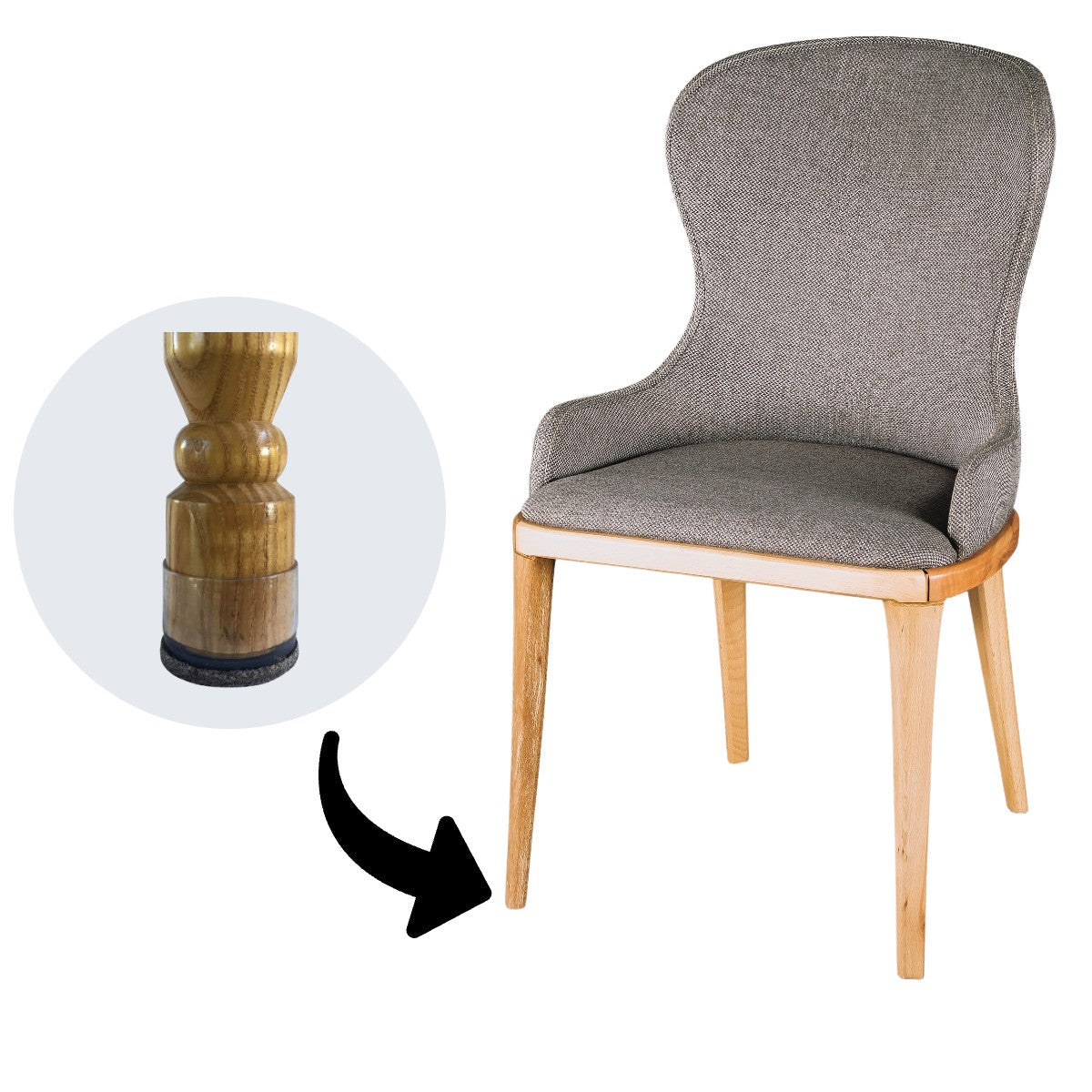

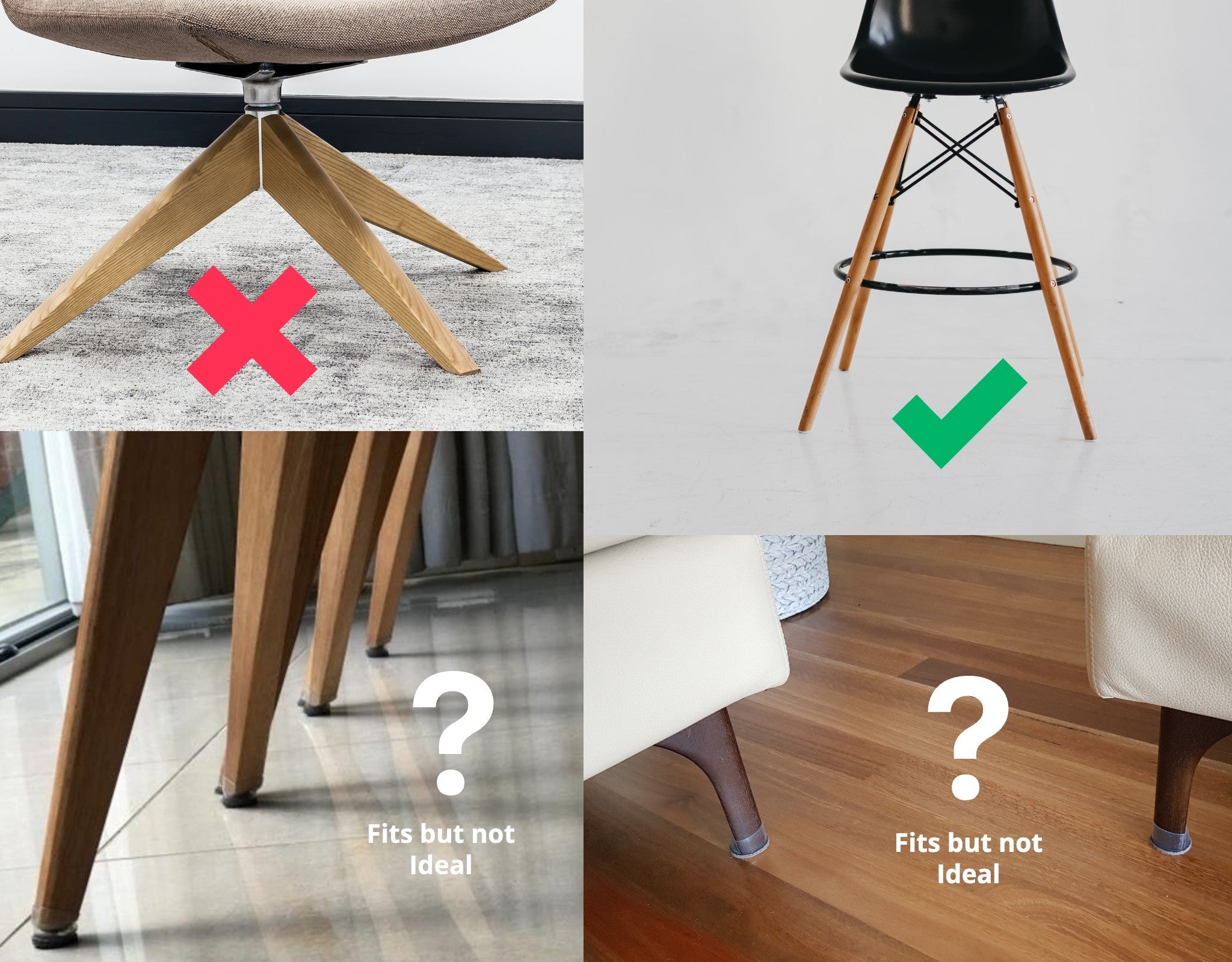

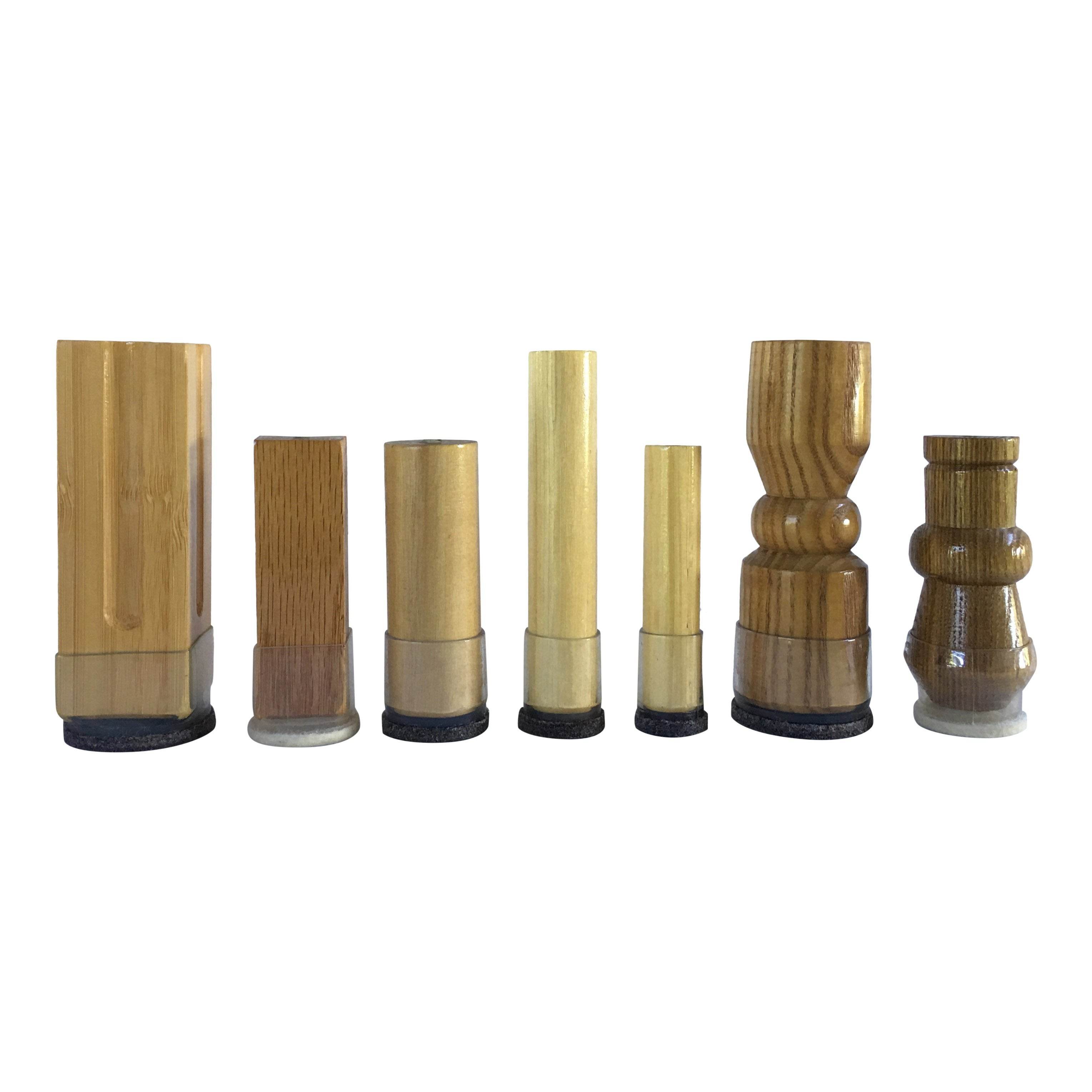
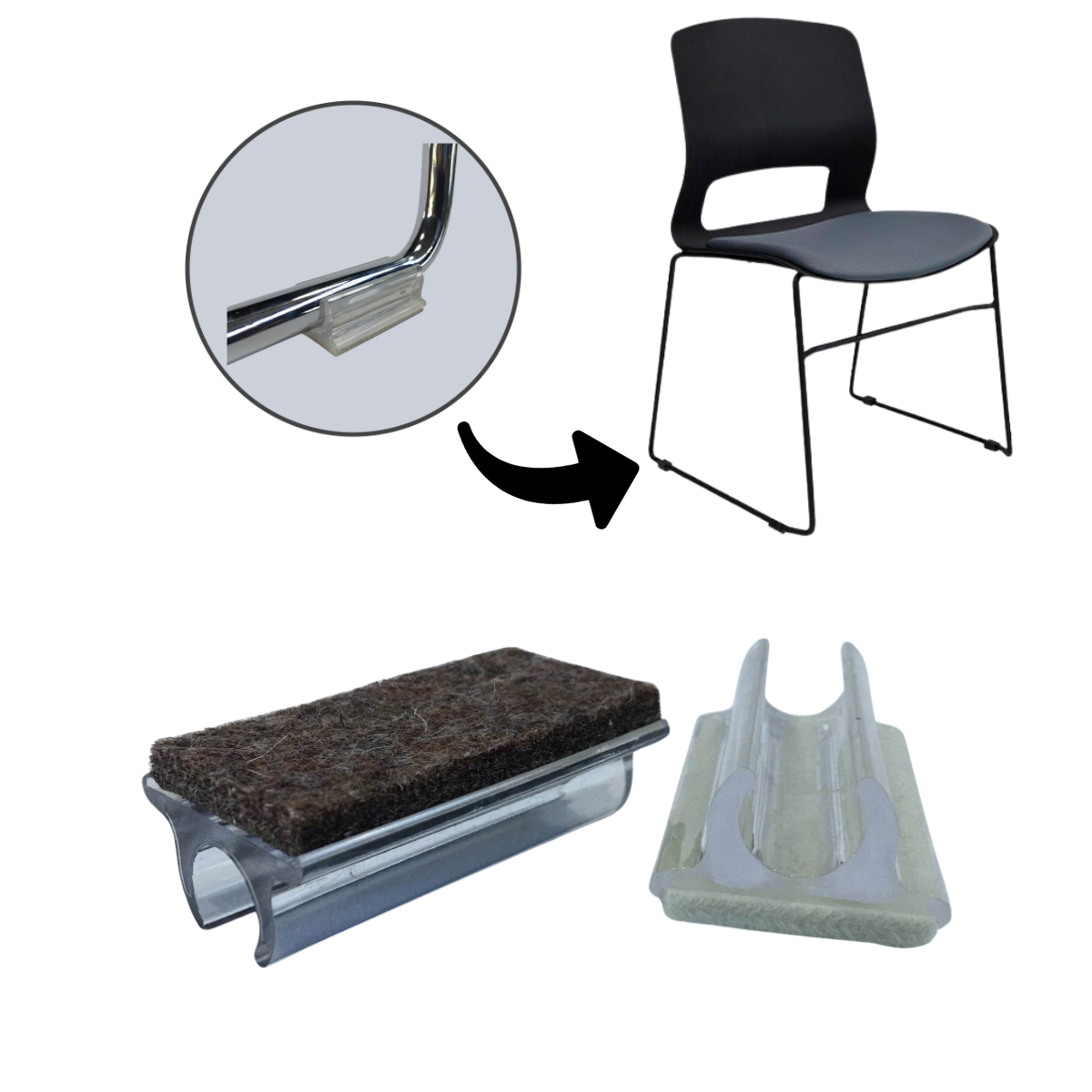
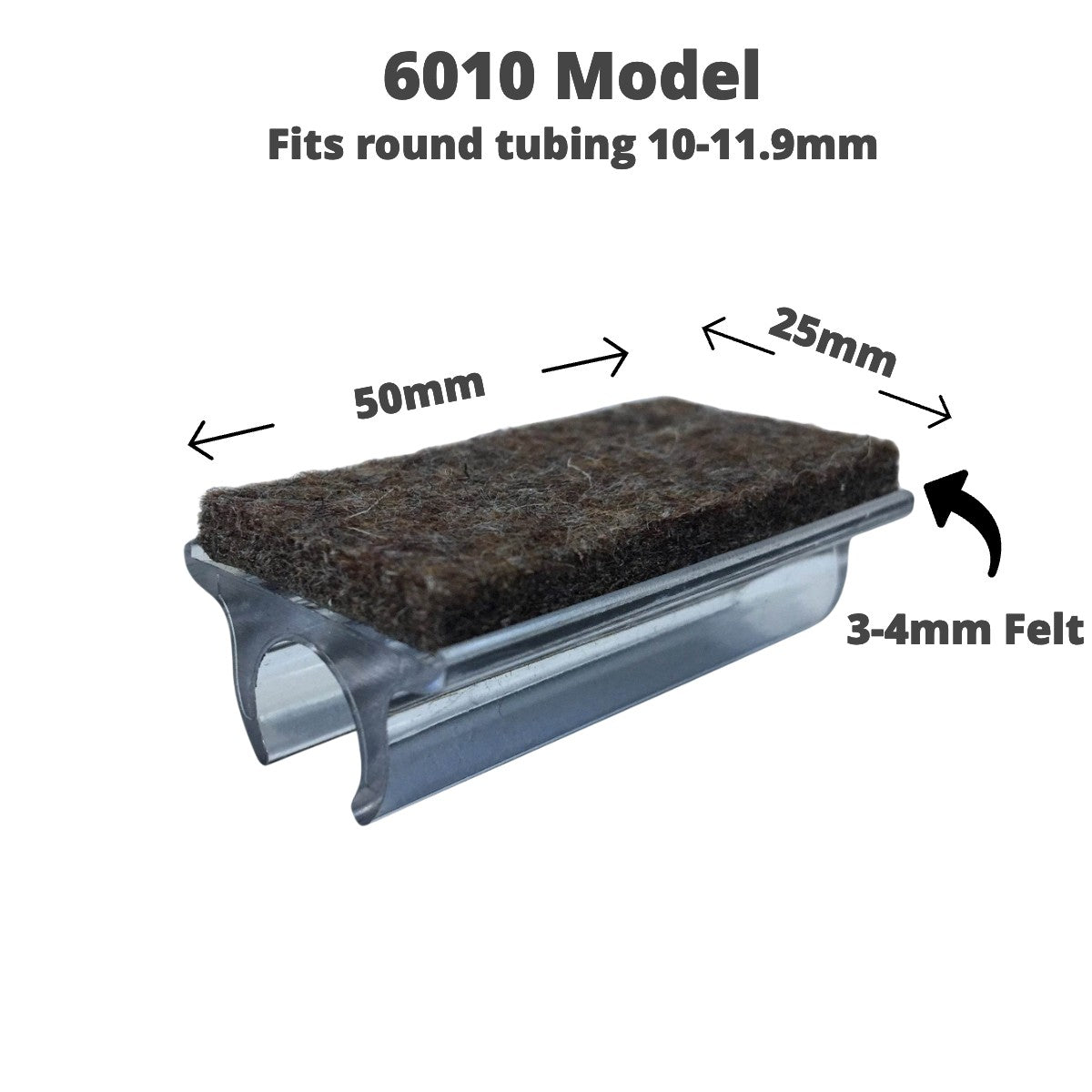
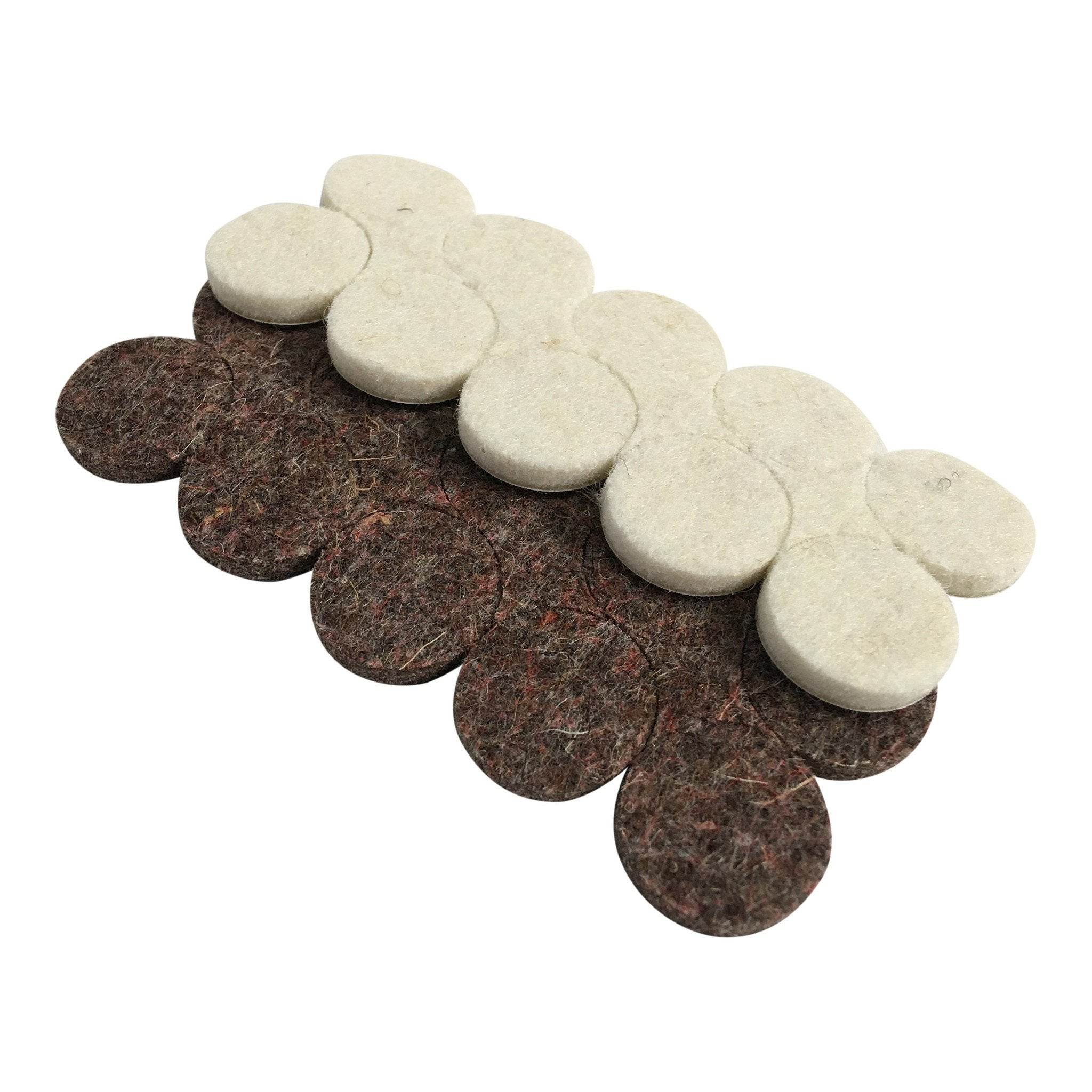
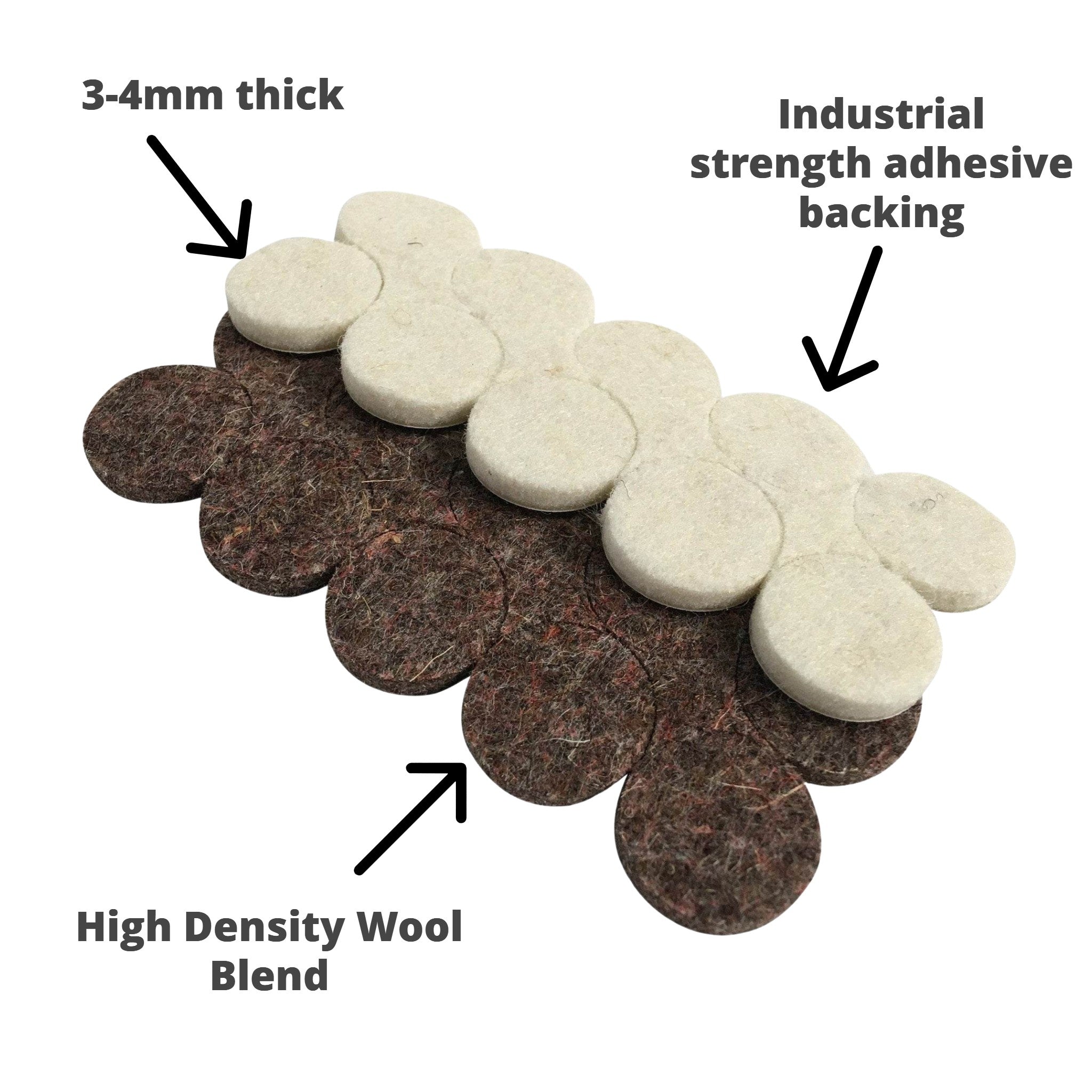
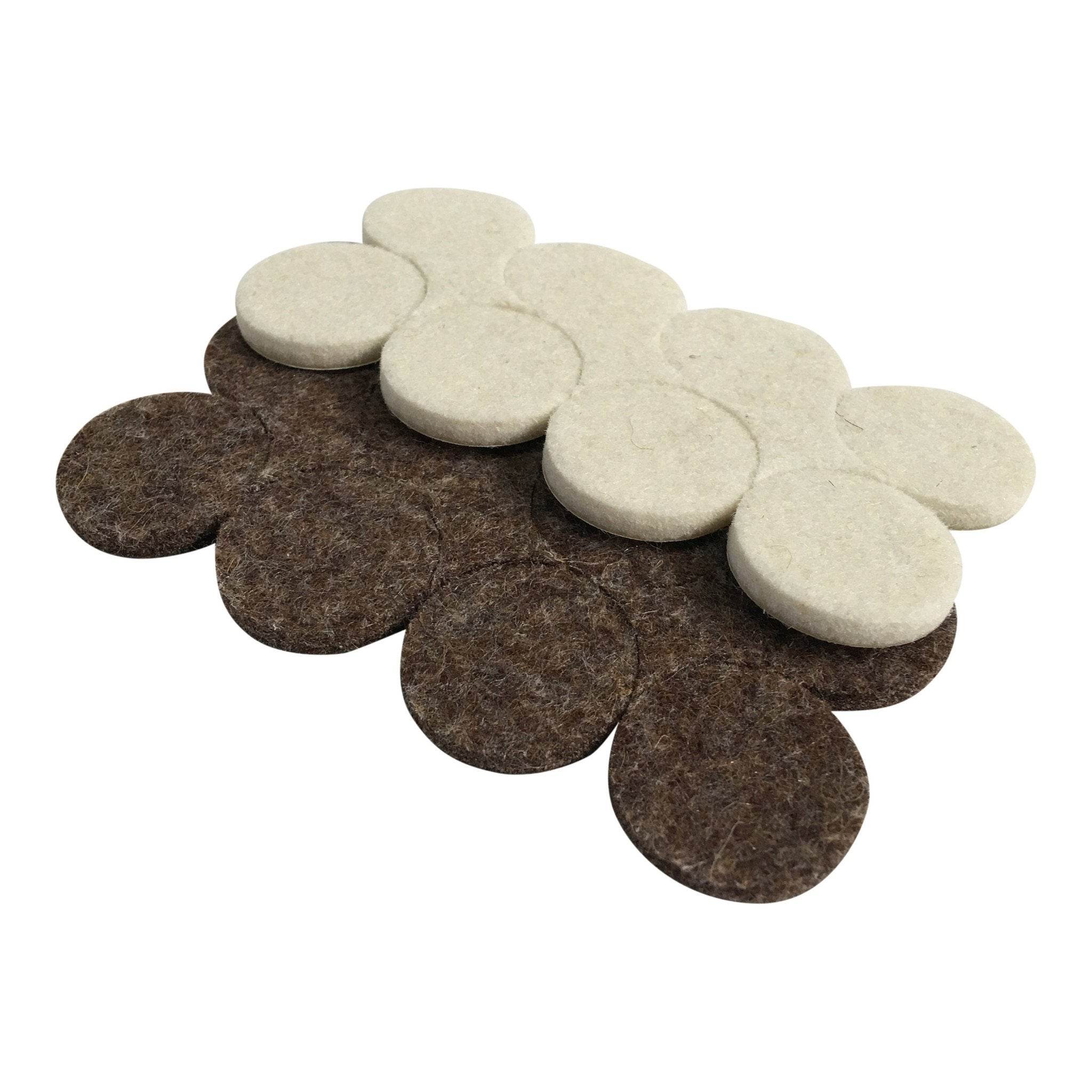
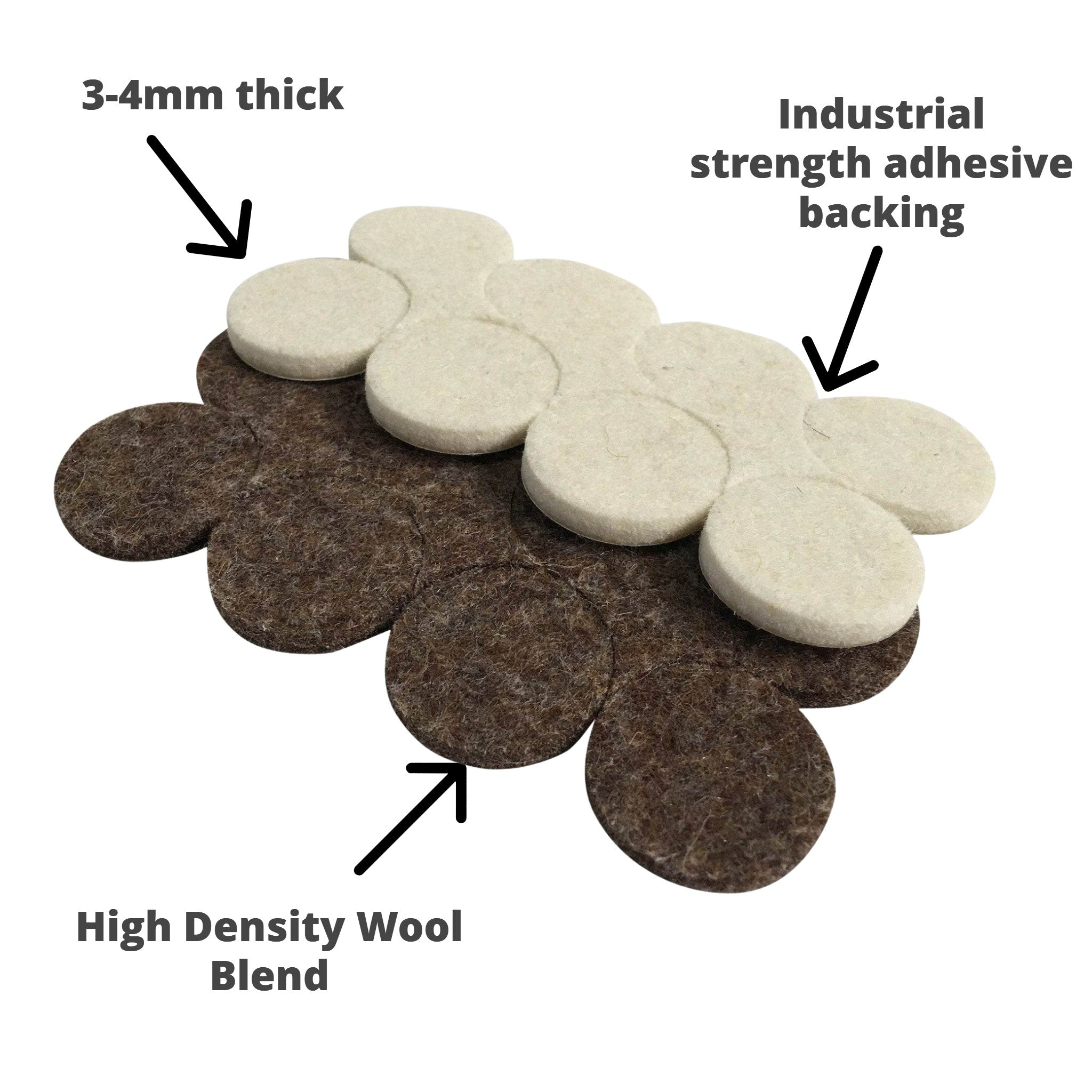
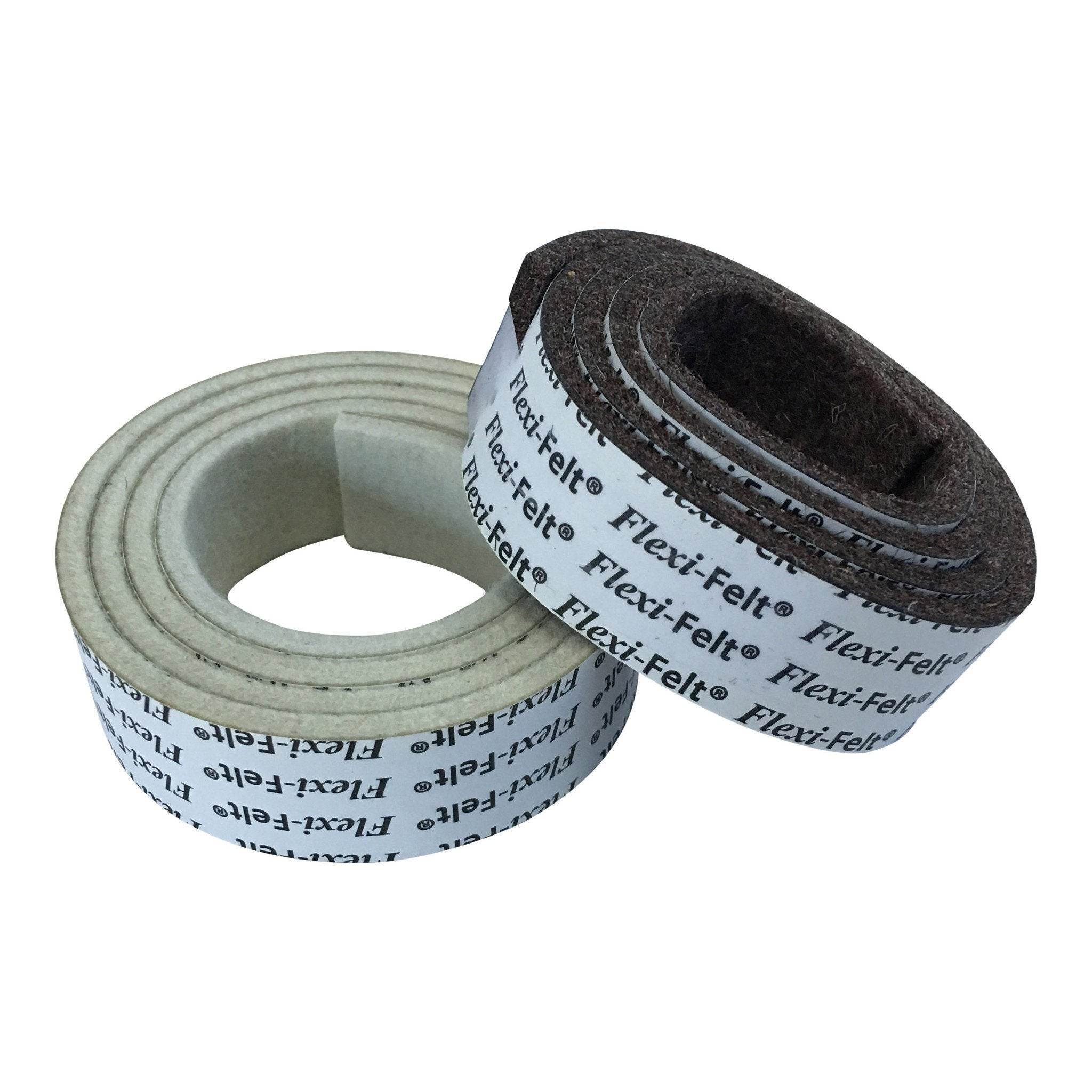
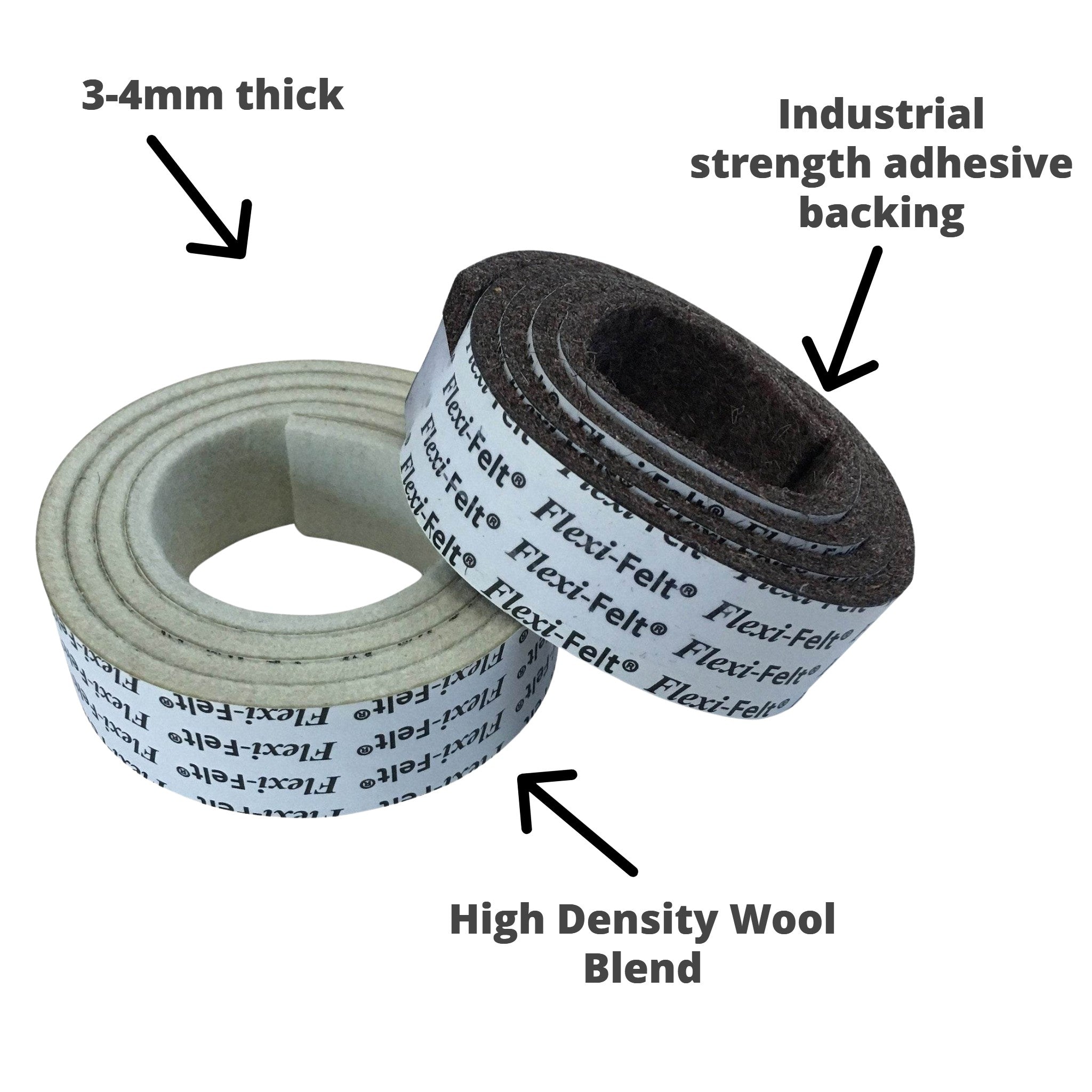
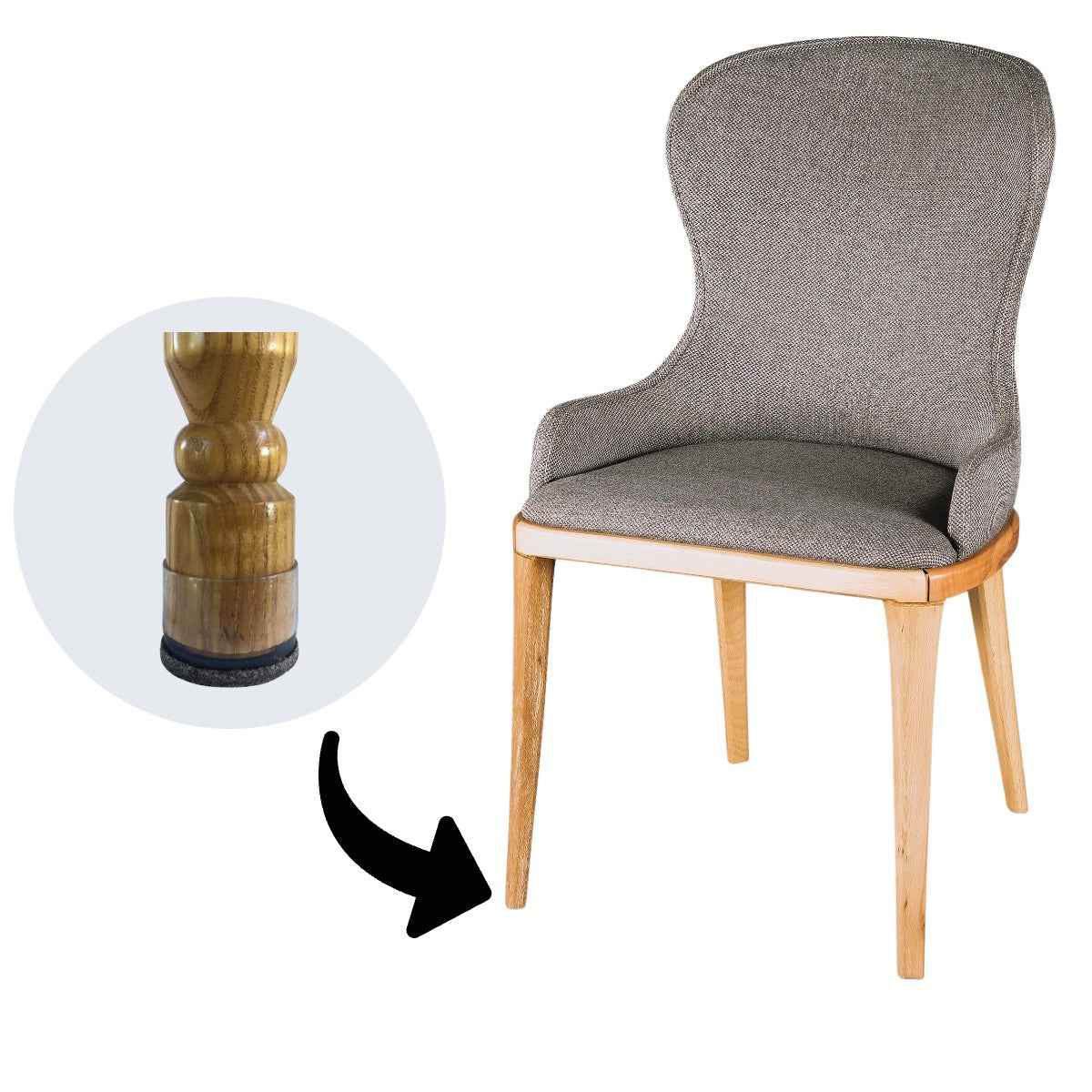
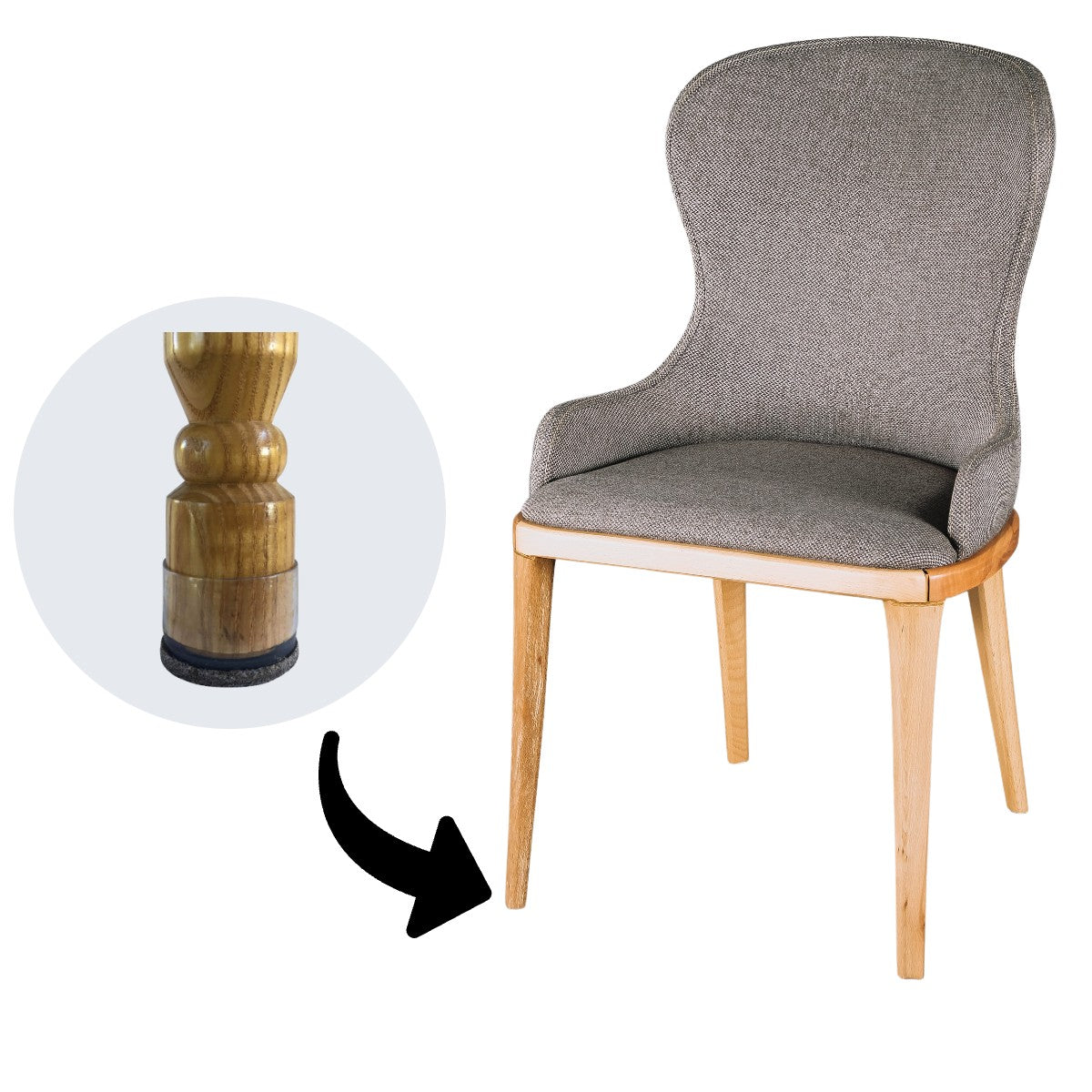
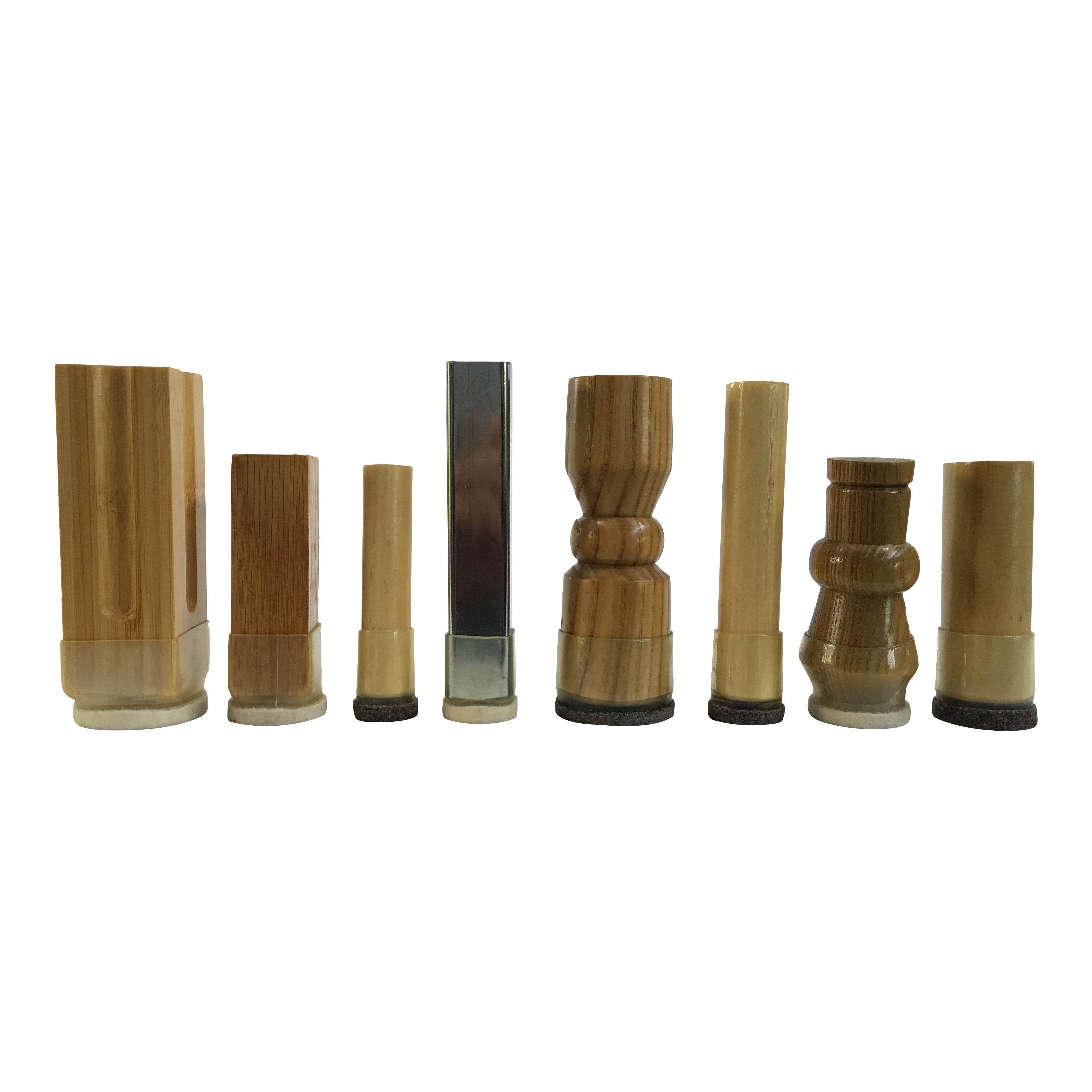
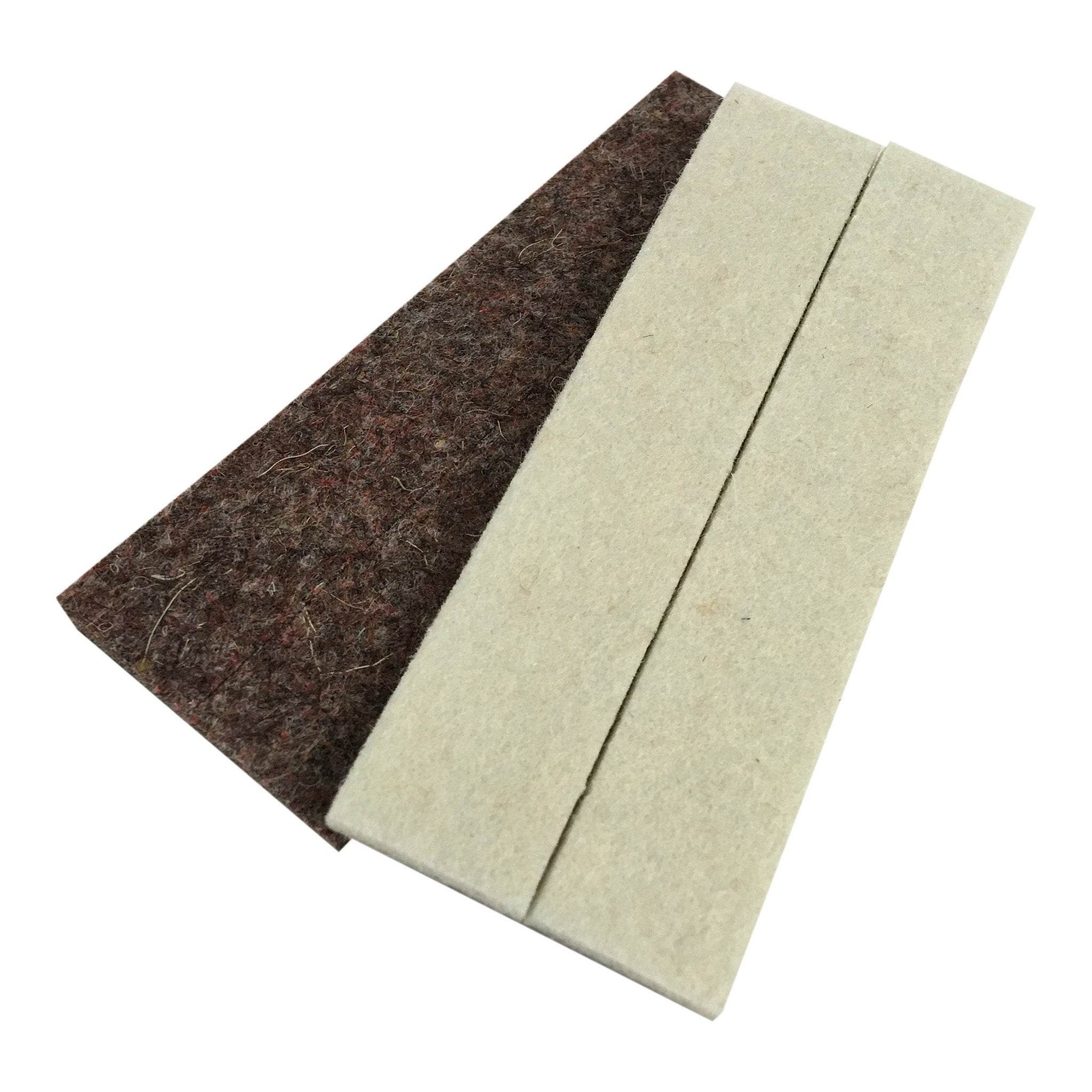
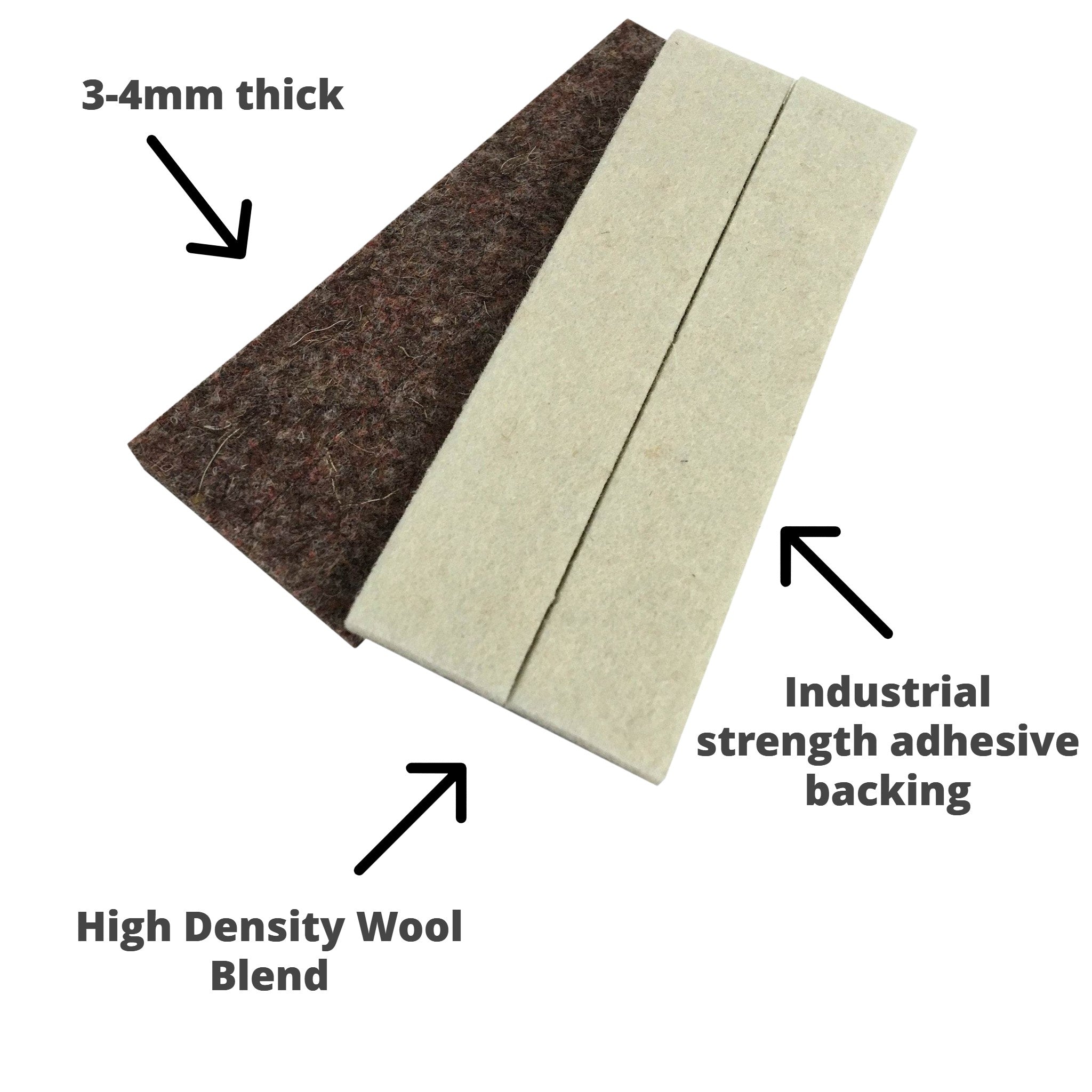
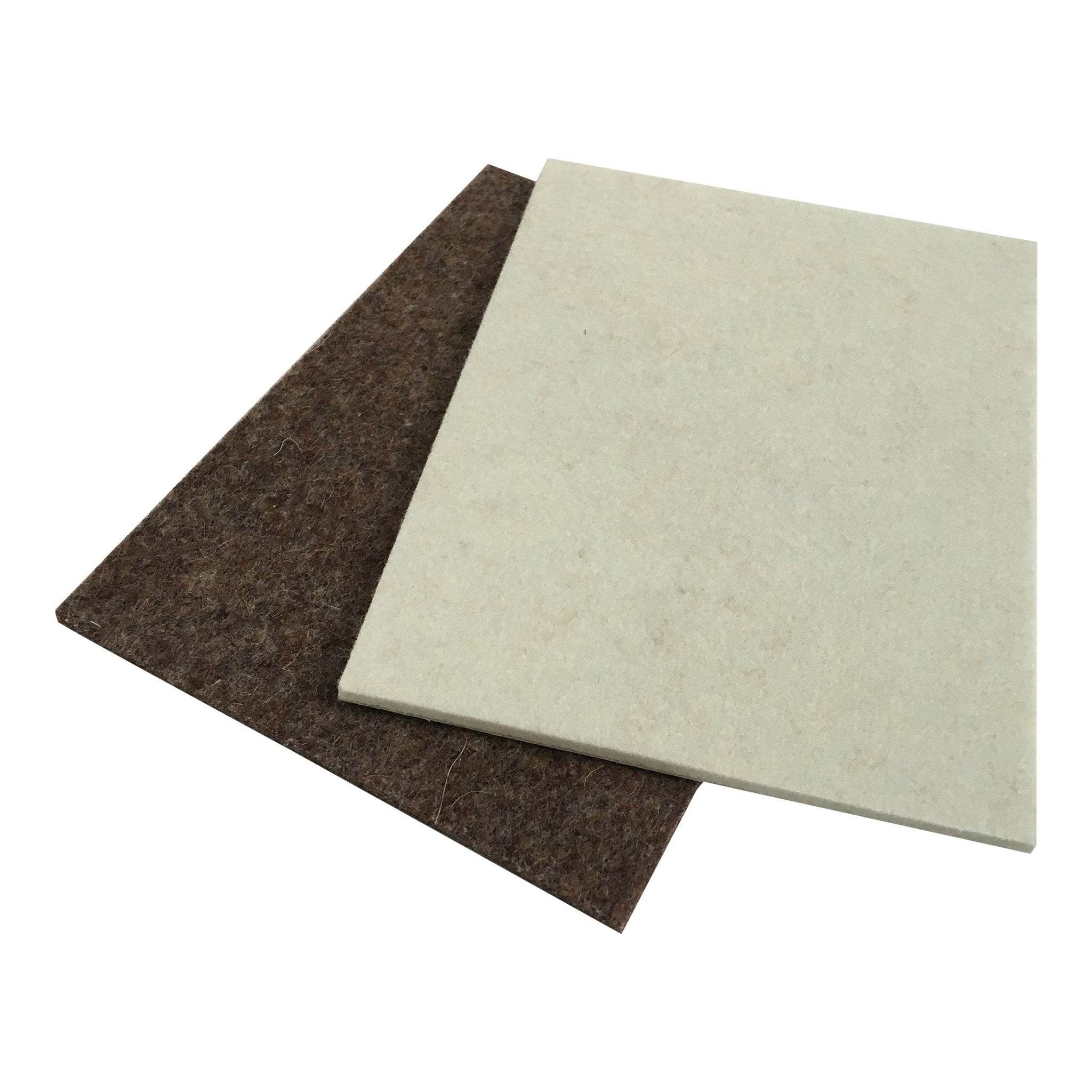
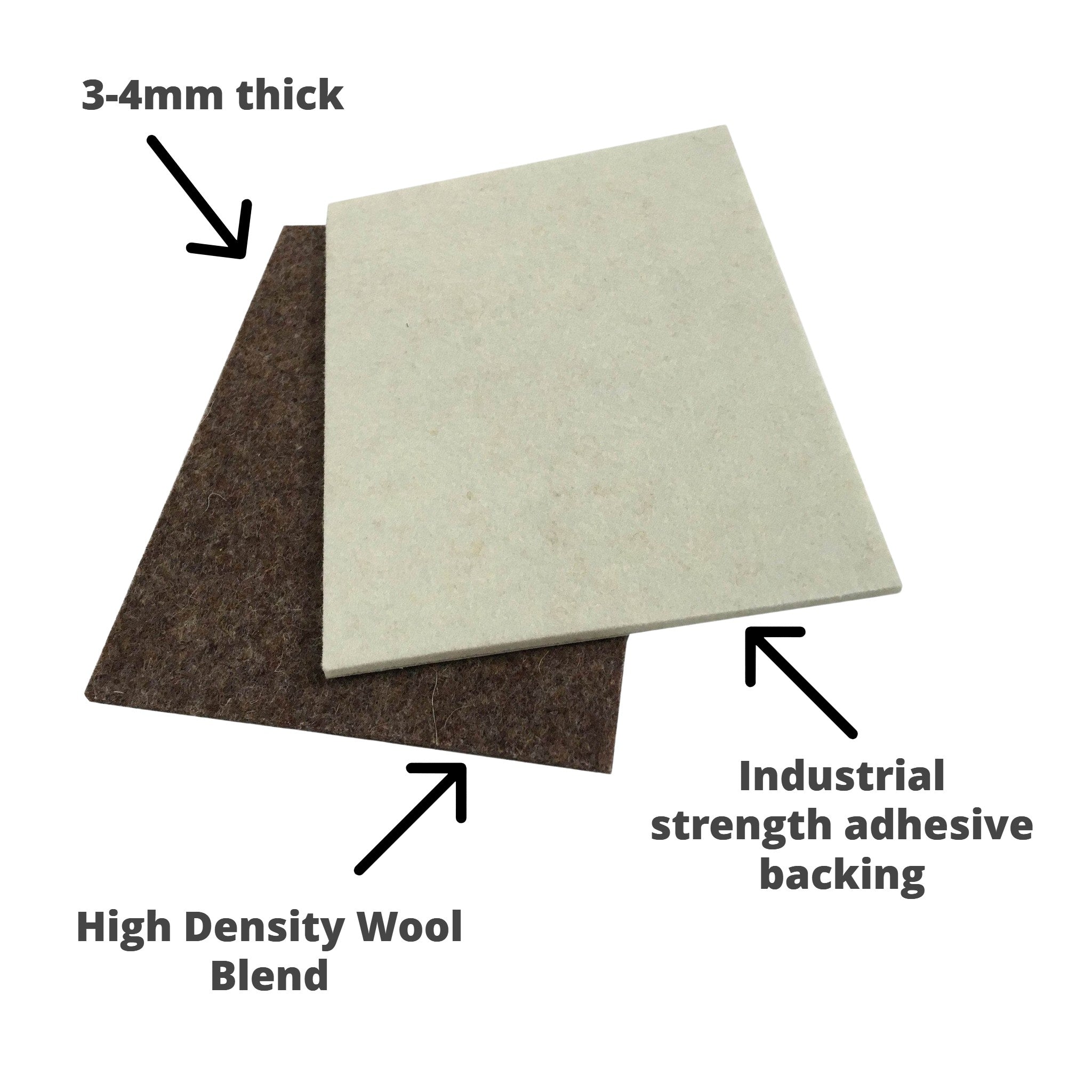
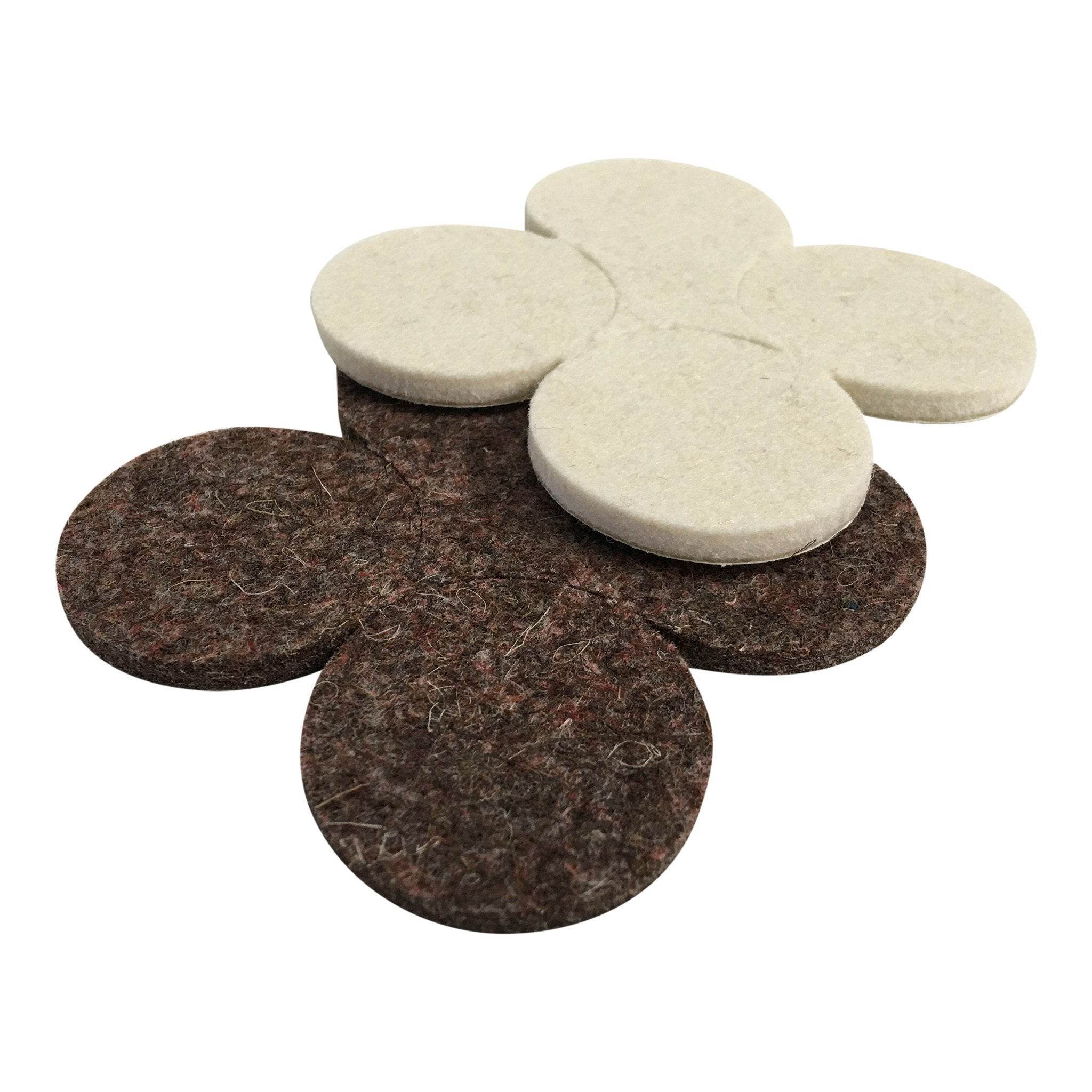
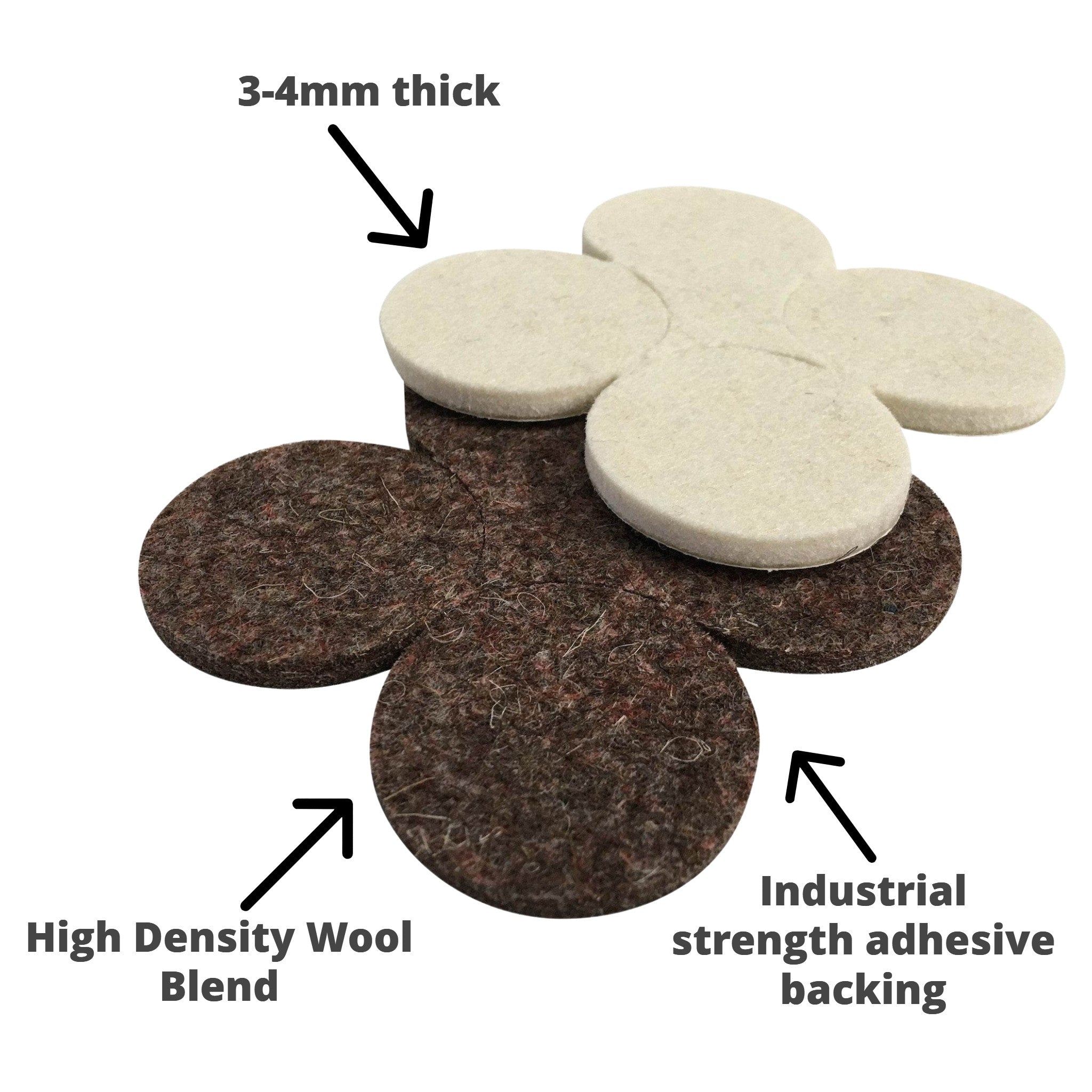
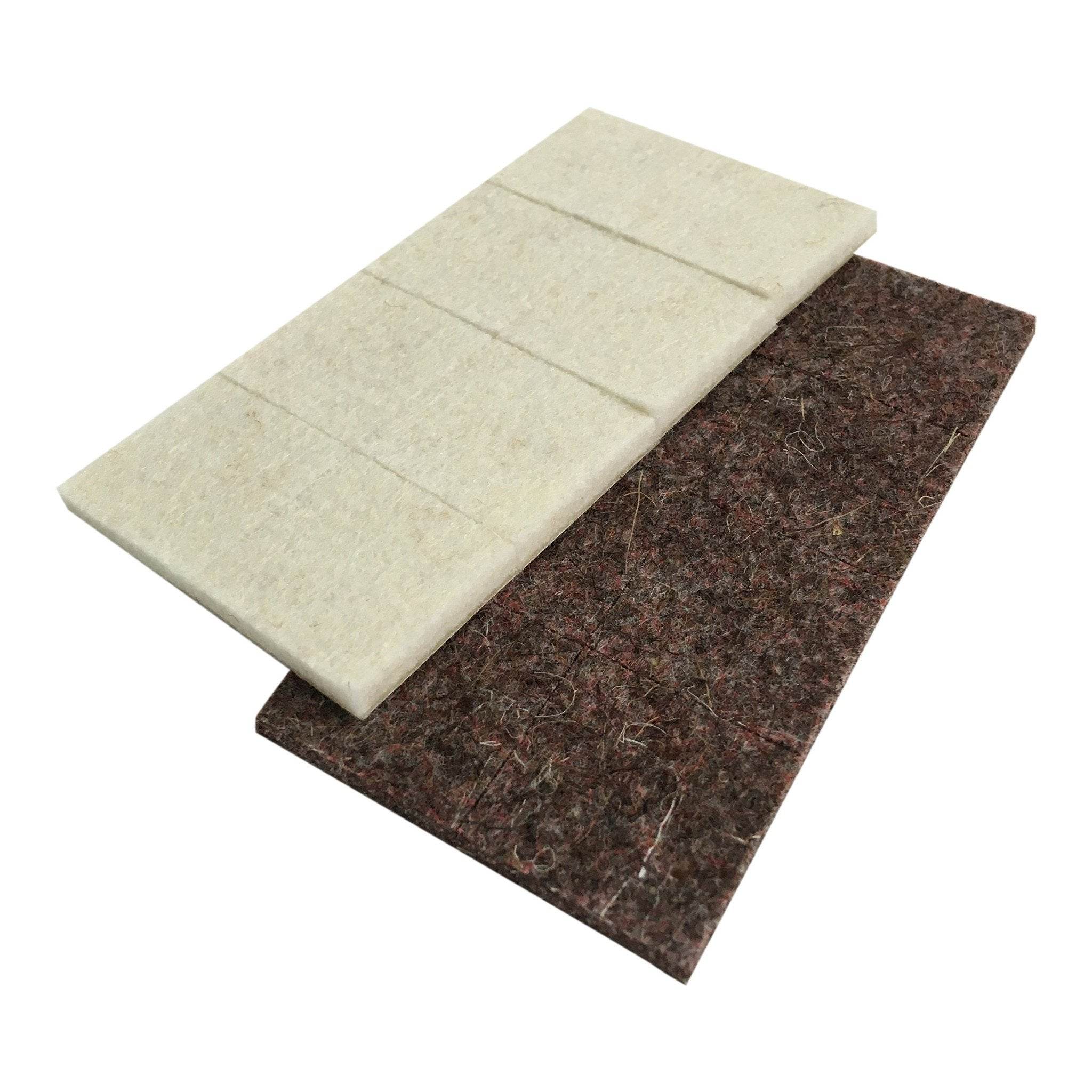
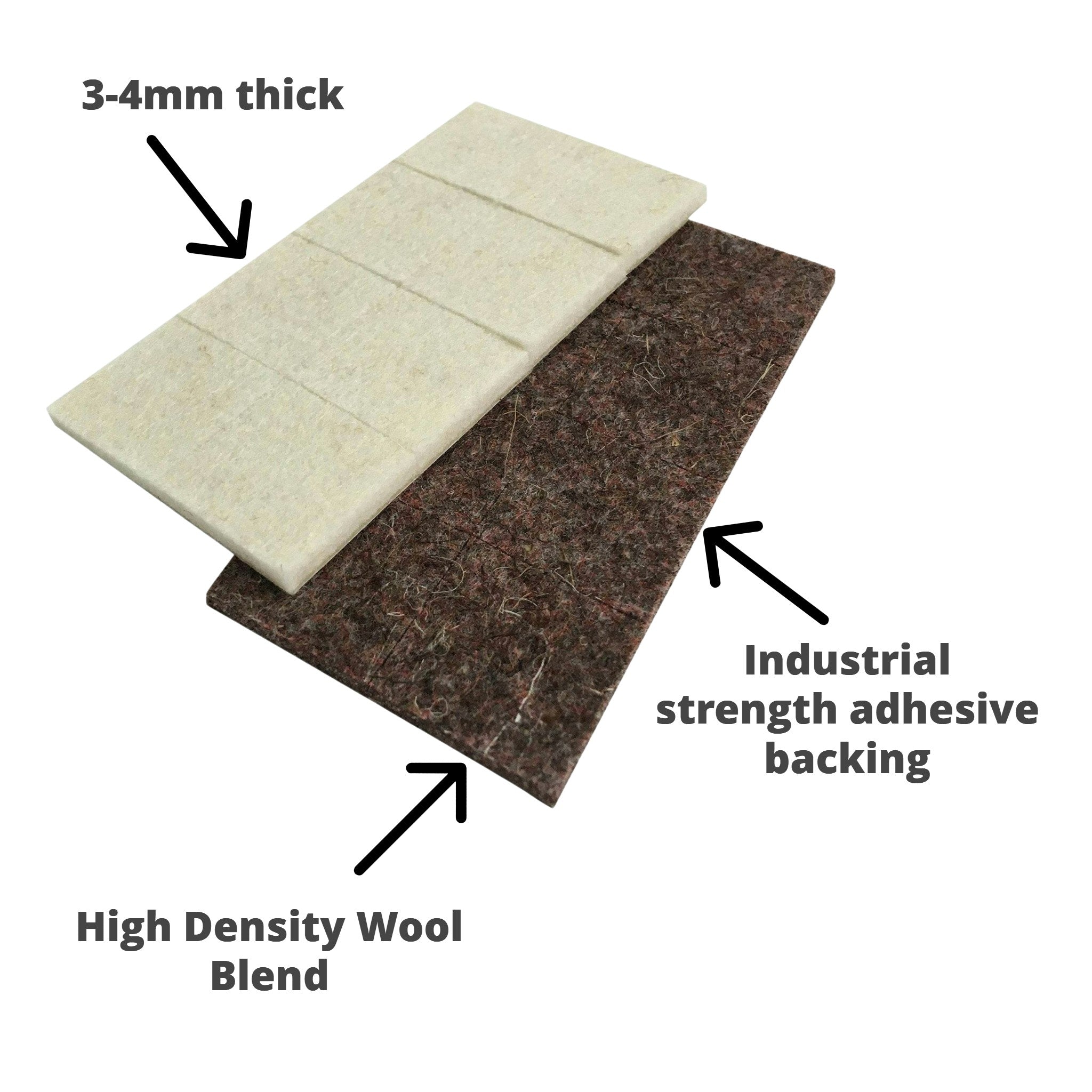
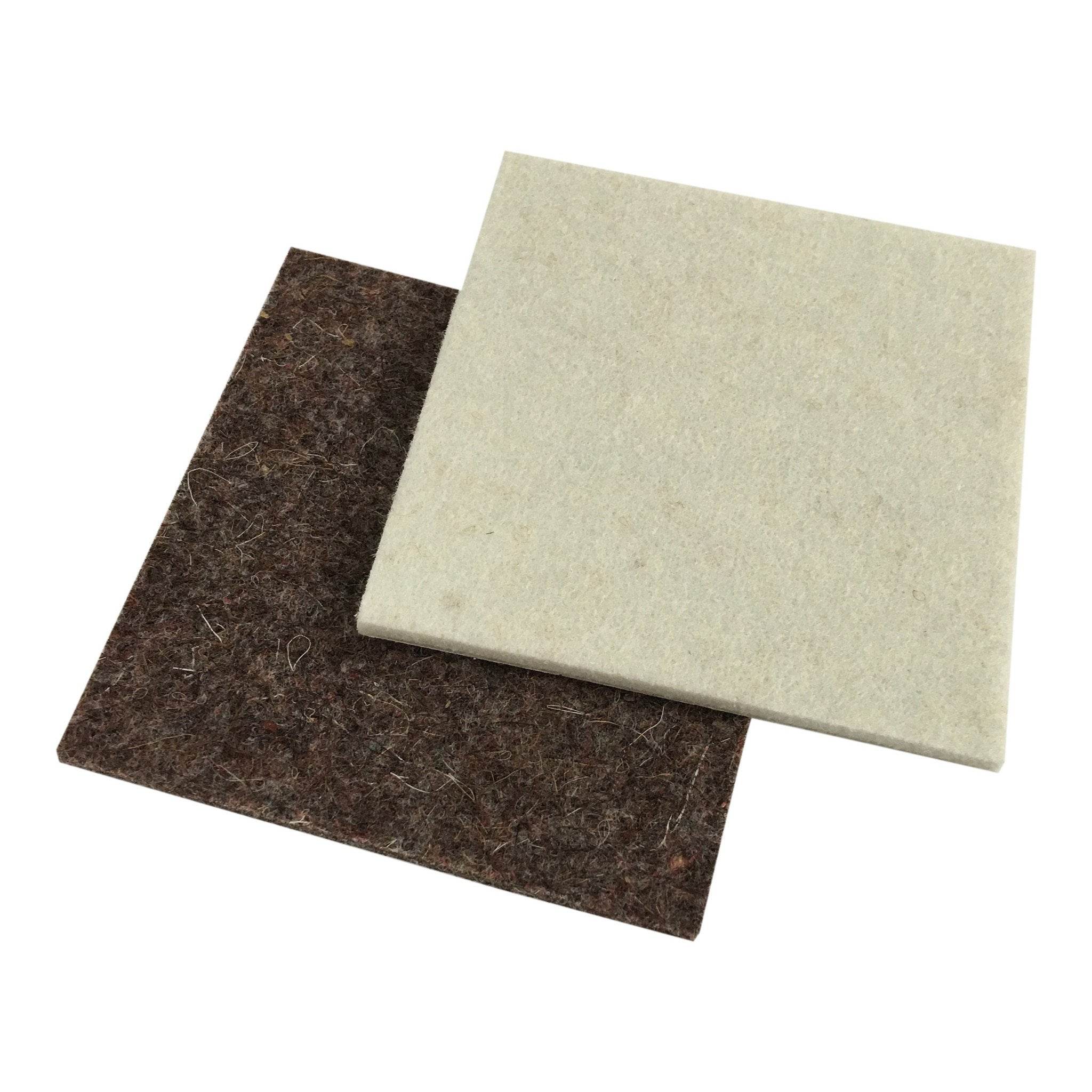
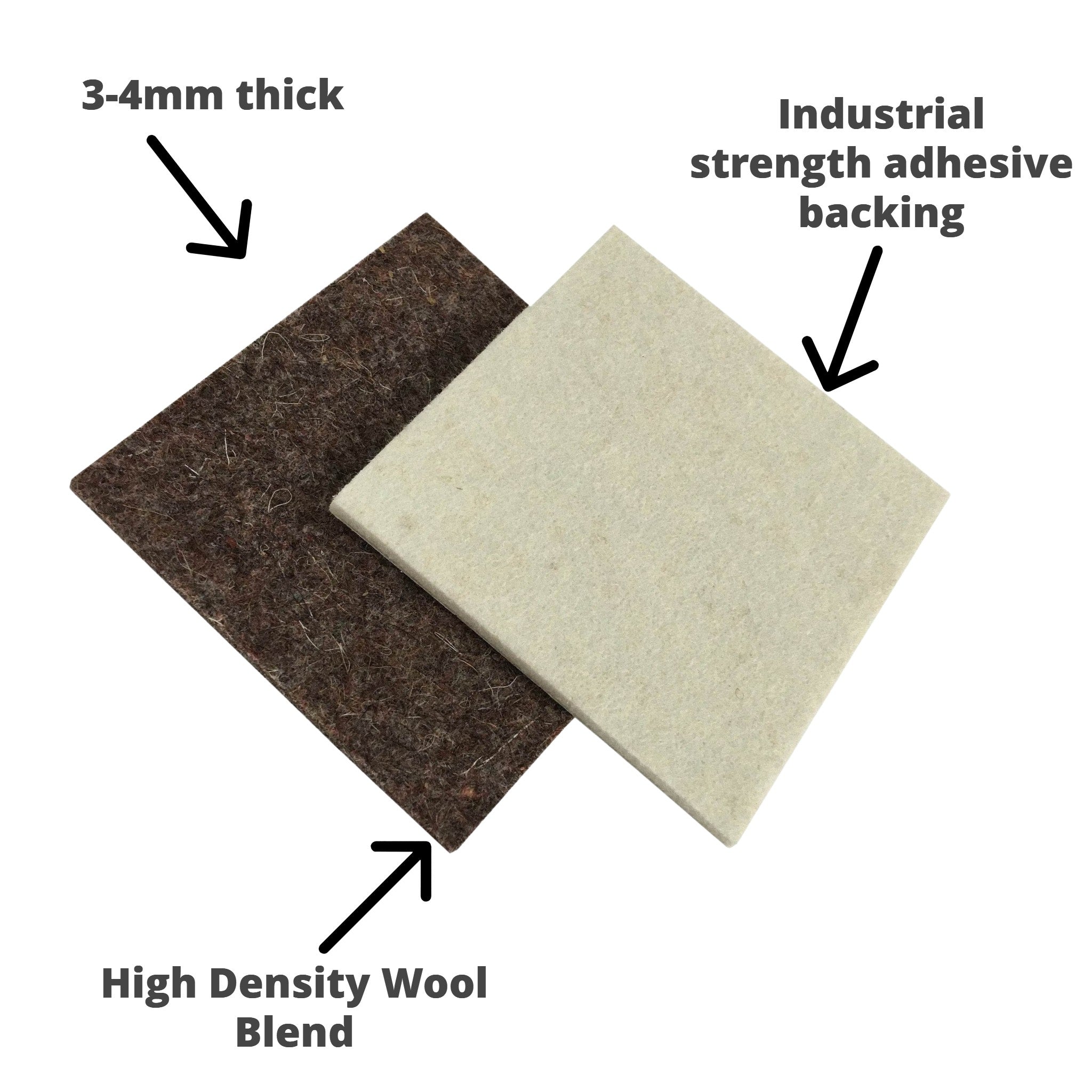
Leave a comment
This site is protected by hCaptcha and the hCaptcha Privacy Policy and Terms of Service apply.